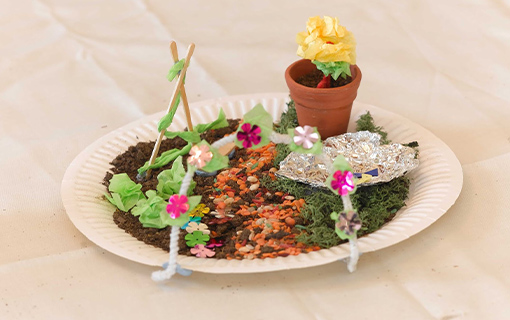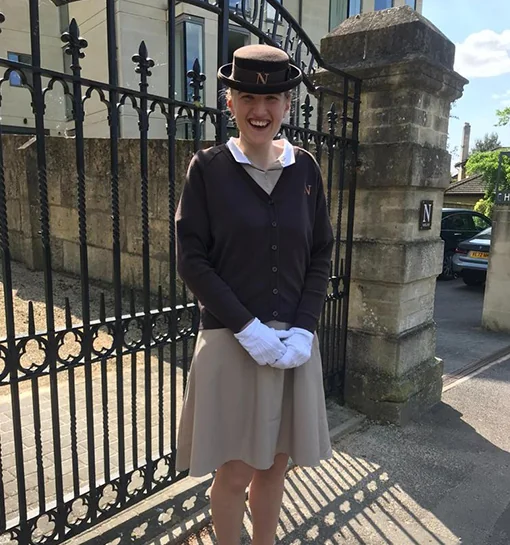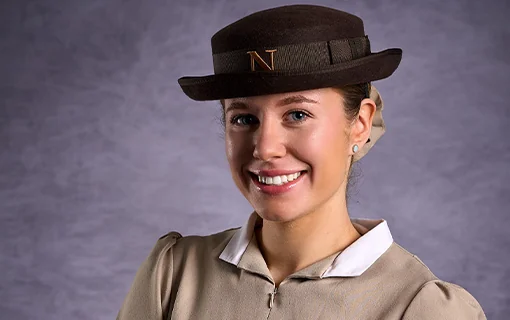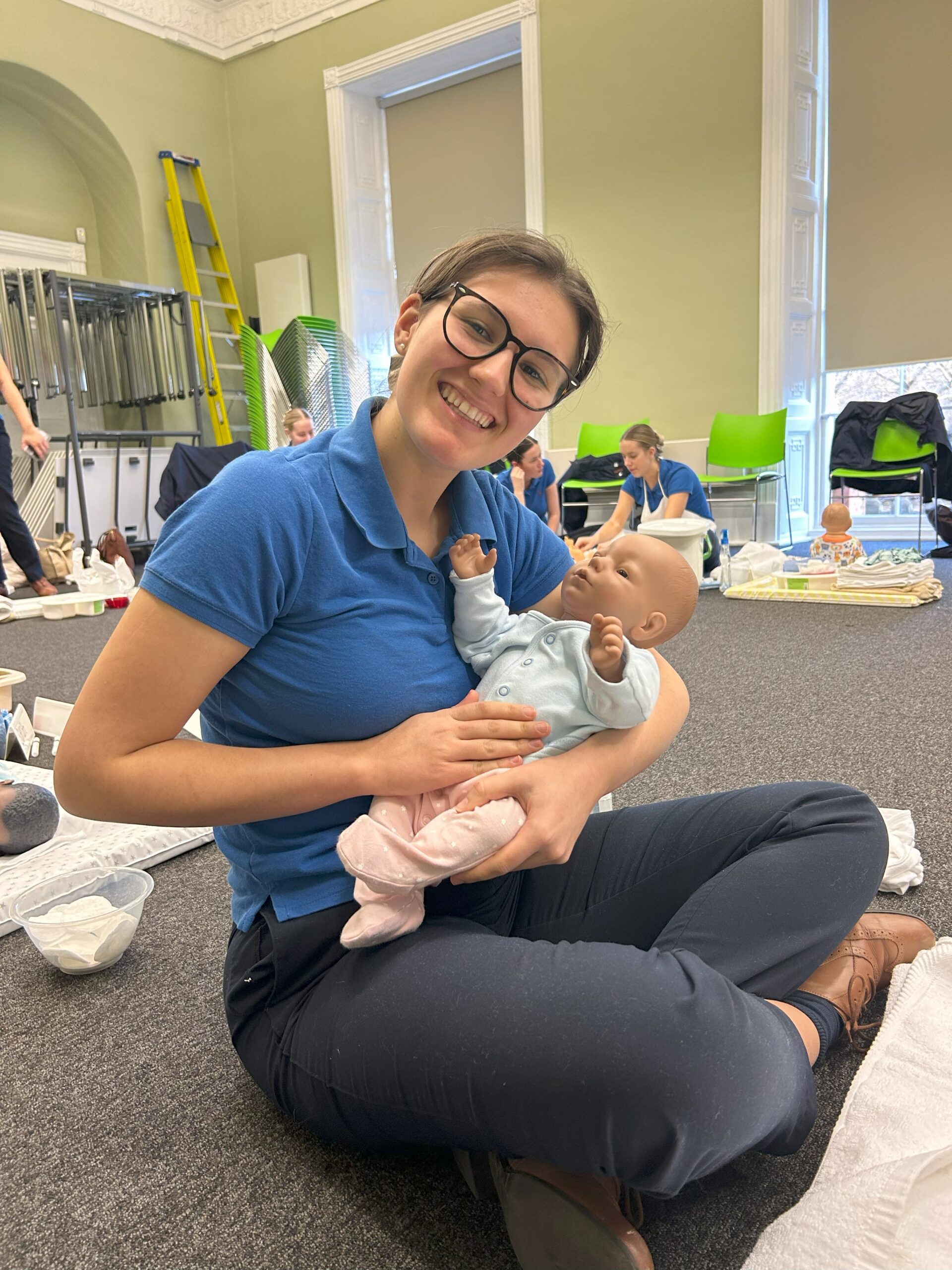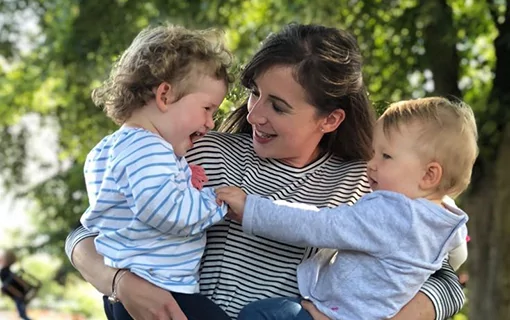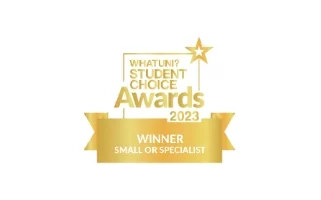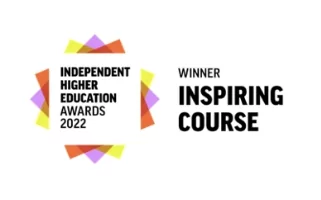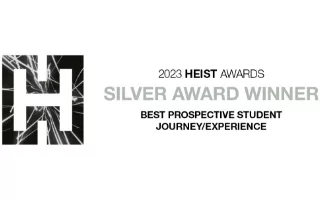8 children’s activities for keeping cool in the summer
18 July 2022

Check out our list of activities compiled by staff, students and Norlanders
With many areas of the UK experiencing high temperatures, make sure you’re following the government’s guidance on protecting children as well as tips on staying safe in hot weather.
We’ve compiled a number of activities to do at home with your little ones while keeping cool.
Homemade ice lollies
These are great fun to make, you know exactly what’s going into them, and they’re cheap too! You could use water, milk, fruit juice, or mush age-appropriate pieces of fruit into lollipop moulds (or ice cube trays) and then freeze! If you have a blender, you can make smoothies together from fruit and vegetables. Children will enjoy watching the ingredients blend with milk, yoghurt, coconut water etc, and then you can freeze into moulds or ice cube trays. Great fun for all the family, good for learning about new foods, and a fun way of sneaking in extra fruit and vegetables. Children can help prepare the fruit to practice their fine motor skills (chopping with supervision and a child’s knife!).
Water play
Water play is fun for all ages. With babies you can incorporate items such as pouring cups, watering cans, sea animals, ice, edible petals and leaves, and medium sized stones and shells. Water play is so much fun and can encourage both gross and fine motor skills, depending on the resources you provide. It is vital you supervise your baby at all times in the water!
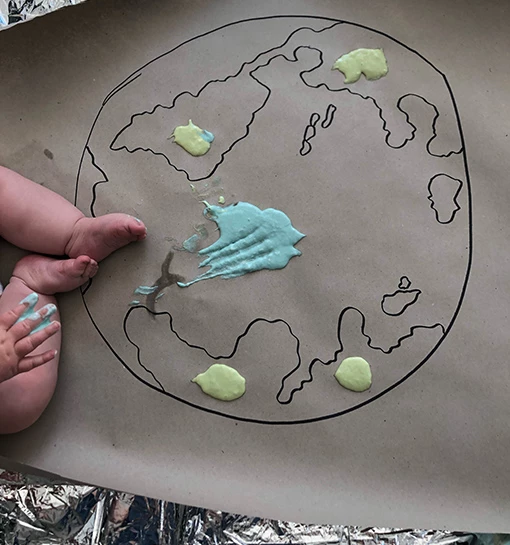
Ice-age excavation
You can freeze small animals or toys – or other everyday objects such as pebbles, shells, leaves and flowers – in ice cube trays or containers with water. Once they’re frozen, children will love to excavate them using a range of various age-appropriate tools (spoons, masher, paint brushes etc) to try and break them free! You could extend development for older children by talking about the science of freezing.
Scented gloop
This is a very easy activity! You simply mix 2 cups of cornflour to 1 cup of water. You will also need a spoon, a base, and various scented materials such as vanilla and peppermint extract. Put the gloop into a base – this could be a tray, plastic box or across a wipeable table. Put the cornflour in the centre of the base and pour the water (slowly!) into the cornflour, stirring gently. When you pour the water, you will feel the mixture changing as you mix! To make this mixture scented, just add peppermint or vanilla extract. You can also add lemon juice, a sprinkle of cinnamon (perfect for Christmas time too!) different colours (using food extract or children’s paint) or glitter – to add an extra sparkle! Please remember to keep reminding young children that gloop is not edible.
Bubble painting
Add bubble solution (or washing up liquid and water) together with a large squirt of paint. Put a piece of paper over the top of a cup/bowl/pot with the mixture inside. Put a straw into the pot and blow, creating a bubble effect which will be apparent when you have finished blowing and the image you have created will be seen on the paper.
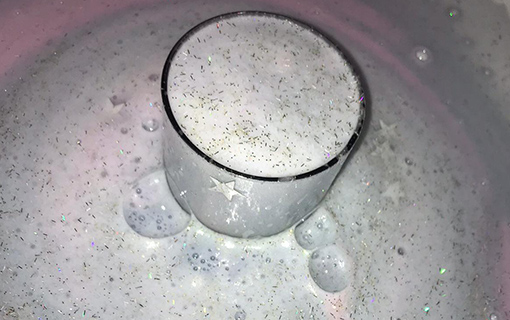
Create a miniature garden
While it may be too hot to play in your garden or the park, you can create a tray or paper plate miniature garden. Fill the garden with objects you have found outside, such as pebbles and sticks, make tiny flowers from tissue paper, make and bake salt dough creatures or animals, add in small toys, and so on. Great for encouraging creativity and for practising fine motor skills.
Teddy bear’s picnic
It might be too sunny to go out for a picnic with your friends but you could always host a teddy bear’s picnic! There is nothing better than a picnic lunch, especially if you can bring along your favourite cuddly friend or favourite toy. It doesn’t have to be sunny outside; it doesn’t even have to be outside, just get out the picnic rug and enjoy a picnic! Children can help to make sandwiches and set out the picnic spread head of time as part of the fun.
Travel the world from home
Create a country theme to explore. Look up where the country is, what food they eat there and make the food if possible. If they use different utensils for eating and you have these in the house, then give it a go. Learn some of the language, for example, what is ‘hello’ in that country’s language. Do they have a national dress or animals that could be drawn, coloured or made out of a craft? You could choose a country that you had been planning to visit and recreate that visit at home.
